Star Trek’s Transwarp Drive Explained, And Why It Didn’t Work For Excelsior
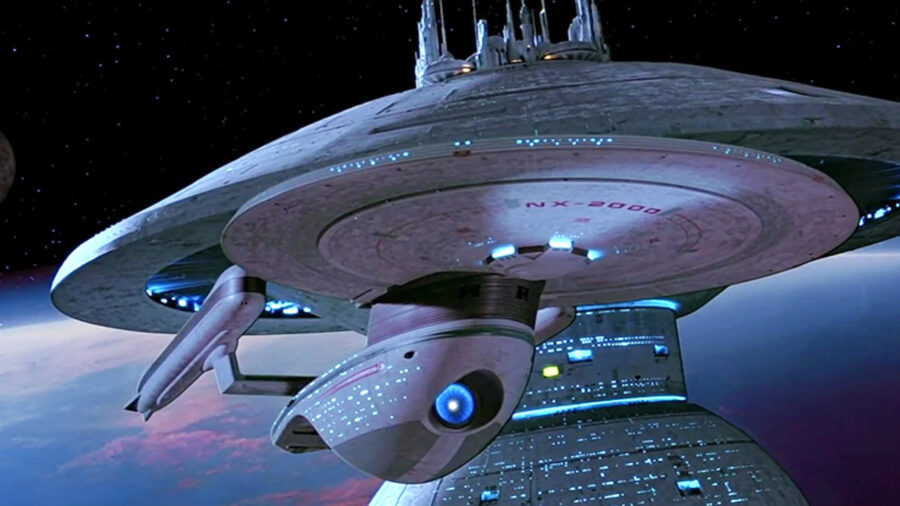
One of the most exciting concepts in Star Trek is also the most confusing: the transwarp drive. It’s a concept introduced in Star Trek III: The Search For Spock and expanded upon in later series, but most fans still have no idea what the heck this drive is and why “The Great Experiment” failed with the USS Excelsior. But it’s time to pour some coffee (or scotch, if you want to bring out your inner Scotty) as we explain the most elusive concept in Gene Roddenberry’s entire franchise.
First Introduced In The Search For Spock
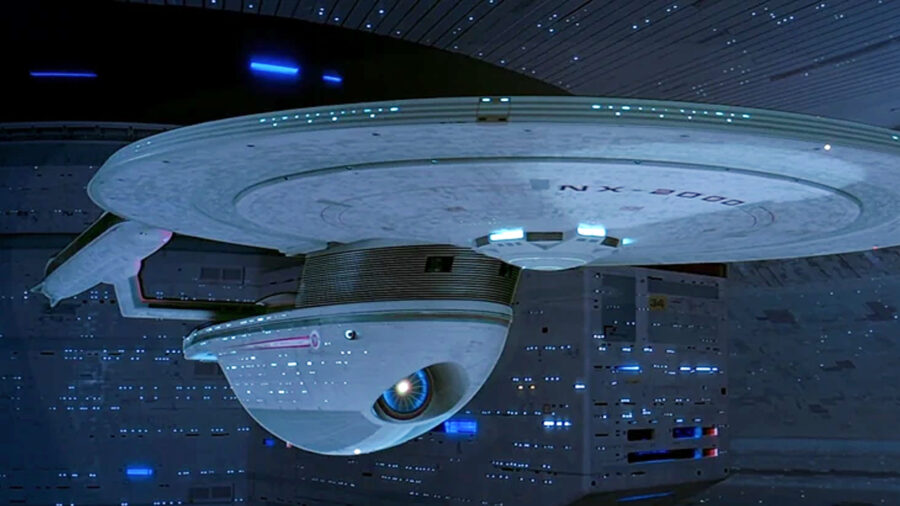
Star Trek III: The Search For Spock introduced the idea of the transwarp drive as a special form of technology being utilized by the USS Excelsior. It was a state-of-the-art vessel at the time, and it was going to have a propulsion system that allowed it to go much faster than ships like Captain Kirk’s Enterprise.
By the way, if the franchise technobabble typically makes your head spin, all you really need to know is that “transwarp” translates to “beyond warp”…that is, going faster than the previously established limits of the warp drive.
Scotty Sabotaged The Technology
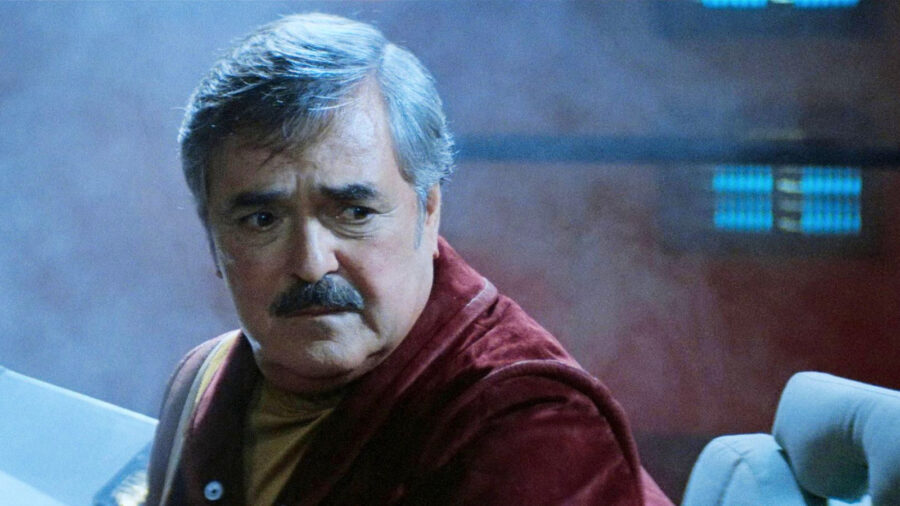
In that third Star Trek movie, Scotty had been reassigned to the USS Excelsior to help make its transwarp drive work. But he remained loyal to Captain Kirk, so when the time came, he sabotaged the Excelsior so that Kirk and his rogue crew could hijack the Enterprise and head to the Genesis Planet as part of an insane (yet ultimately effective) scheme to save Spock, who died sacrificing himself in the previous film. In a humorous scene, we see the Excelsior basically stall out, which seemingly provides a simple answer for why this new technology failed for the Federation: its best engineer sabotaged it.
The Borg Perfect The Transwarp Drive
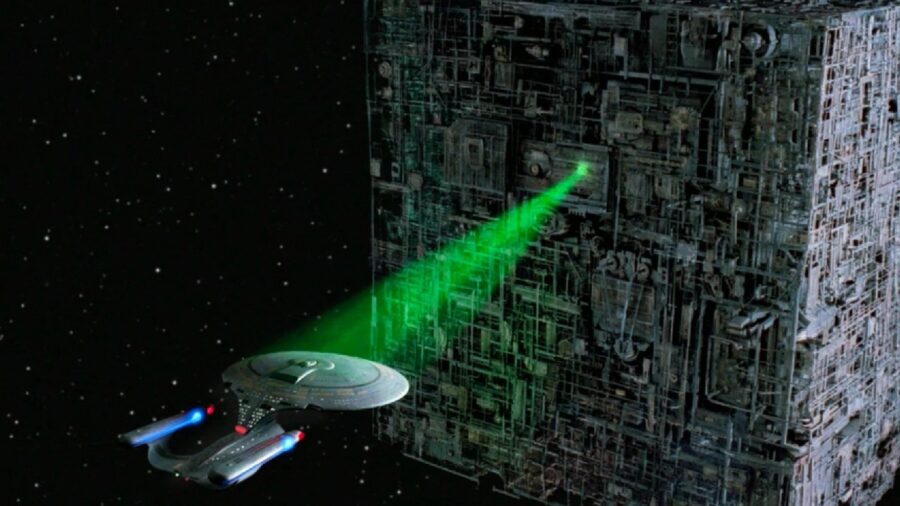
However, in Star Trek VI: The Undiscovered Country, the prototype Excelsior is now in command of Captain Sulu, but there is no mention of the transwarp drive. Still, many fans assumed that the Federation must have gotten this technology working between films, an assumption powered by the book Mr. Scott’s Guide to the Enterprise, which claimed that Kirk’s USS Enterprise-A had a transwarp drive.
This assumption wasn’t fully debunked until the Star Trek: The Next Generation two-parter “Descent” confirmed that the Borg had perfected transwarp transport and further confirmed that the Federation had never done so.
Rooted In The Original Series
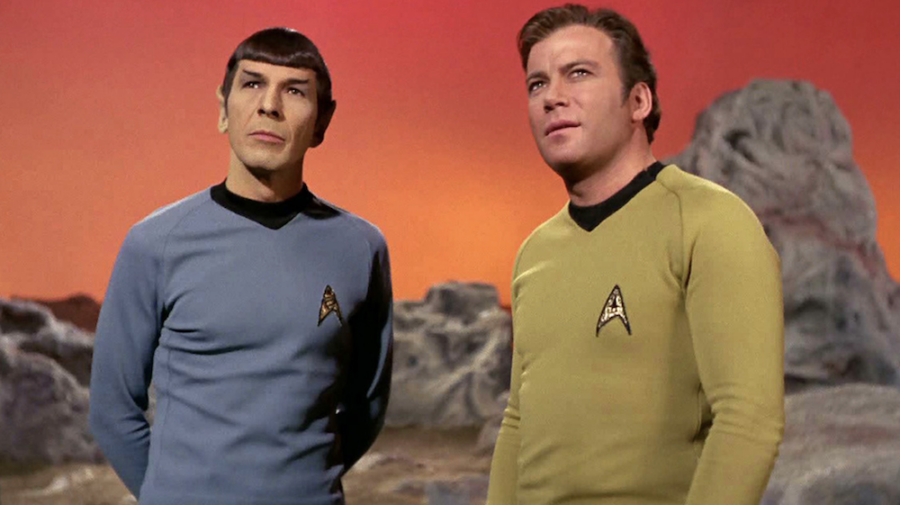
One fun fact that most Star Trek fans don’t know is that Starfleet’s attempt to create a transwarp drive is rooted in The Original Series. In “The Tholian Web,” the Enterprise travels through an alien interphasic rift that allows it to travel five times faster than normal, covering nearly nine light years instantaneously. Mr. Scott’s Guide to the Enterprise claims that this prompted Starfleet to experiment with the idea of artificially creating such interphases and that the Excelsior’s transwarp drive was the product of these experiments.
Accidentally Achieved In Voyager

While it is not explicitly confirmed in any Star Trek movie or show, the first edition of the Star Trek Chronology confirms that the transwarp drive experiment was considered a failure by Starfleet Command and that the Excelsior was later fitted with a standard warp drive.
The Chronology further speculates that this failure was implicitly referenced by Data in the TNG episode “Evolution” when he said, “There has not been a systems-wide technological failure on a starship in 79 years.” Despite that historic failure, though, Starfleet would later achieve transwarp drive thanks to Captain Janeway and the Voyager crew.
Threshhold
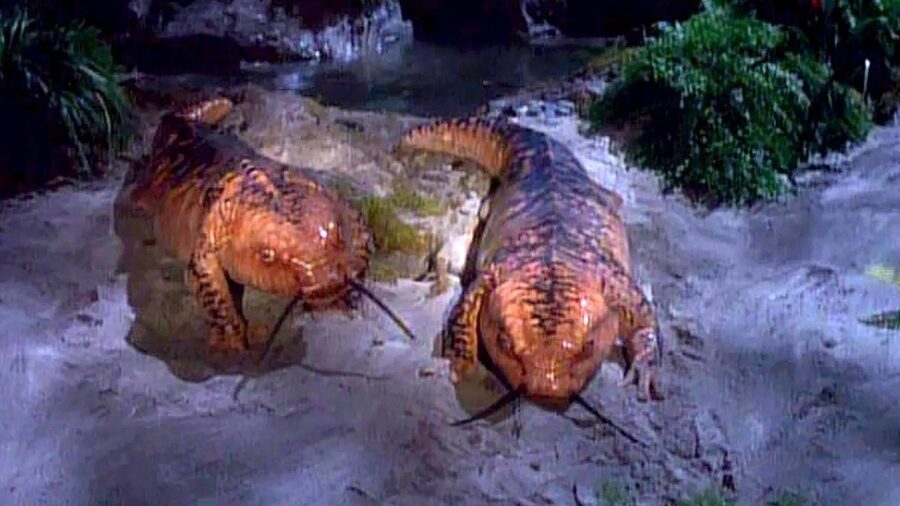
In the somewhat infamous Star Trek: Voyager episode “Threshold,” Tom Paris adopts a special type of dilithium crystal found in the Delta Quadrant for use on a shuttlecraft named (fittingly enough) the Cochrane. He successfully traveled at Warp 10 (which was known as the transwarp barrier), but things didn’t work out as planned…he had difficulty navigating at this speed and ended up right back where he started.
Traveling at that speed had the unexpected effect of altering his DNA with millions of years of forced evolution. He went crazy, kidnapped Janeway, and went to warp 10, which turned them both into lizard-like creatures who did the Rango tango and had some lizard children together. Voyager was eventually able to transform them back to their human state, but this second failure marks Starfleet’s last canonical attempt to make transwarp drive happen.
Starfleet Is Still Figuring Things Out
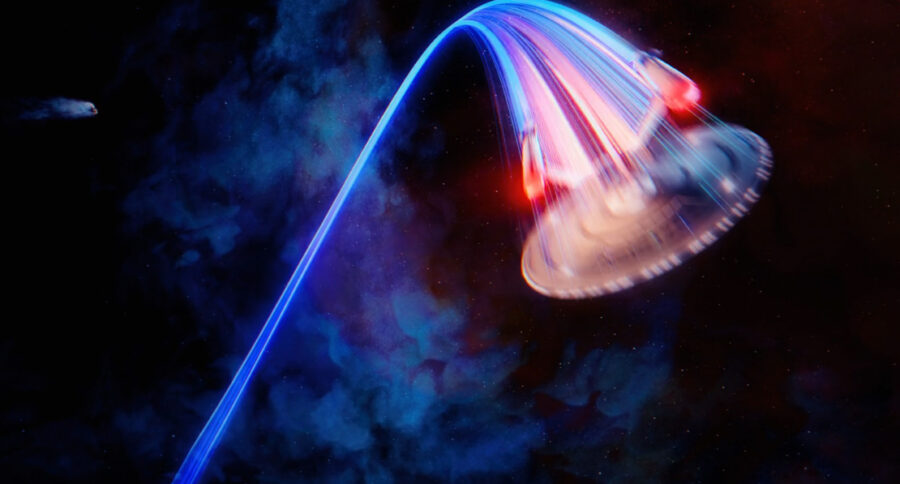
While our Star Trek protagonists could never make warp drive work on their own, they were able to utilize Borg technology to do so, traveling through transwarp conduits in both The Next Generation and Voyager. Additionally, Captain Janeway and her crew encounter aliens known as the Voth whose ships can travel at transwarp without mutating their DNA. And the alternate future in the TNG episode “All Good Things” showed Starfleet vessels capable of traveling at warp 13, though it wasn’t clear whether they had overcome the transwarp barrier or simply reworked the warp speed scale (as happened between The Original Series and The Next Generation).
That’s it, Star Trek fans…everything you need to know about the transwarp drive, including why it didn’t work for the Excelsior. We didn’t have time to delve into other phenomena (including the interference of Q and the engineering of The Traveler) that allowed Picard and his crew to travel past Warp 10. The bottom line is that super-advanced aliens in this franchise have always been able to go faster than our heroes, but Starfleet’s attempts to go beyond maximum warp either end with a whimper (like the Excelsior) or a bang (like–ahem–Janeway and Paris).










